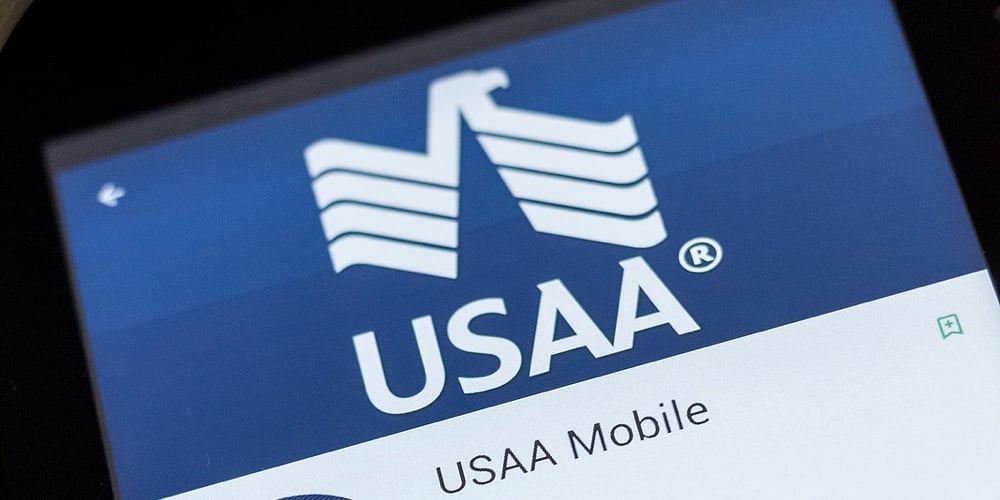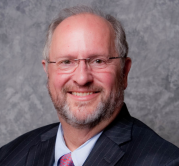USAA’s death event prep created members for life

Seeing the withdrawal of American armed forces from Afghanistan, and the tragic loss of 13 young American heroes to a suicide bomber near the Kabul airport, brought back vivid memories of my days at USAA during the Gulf War in the early 1990’s. To help understand the situation, let me share some relevant background.
In May 1990, Iraqi President Saddam Hussein claimed that overproduction of oil by Kuwait and United Arab Emirates was an “economic warfare” against Iraq. On August 2 over 100,000 Iraqi troops invaded Kuwait and took over the country. During the ensuing weeks, the United Nations Security Council condemned the Iraqi invasion. Hundreds of thousands of Pakistani, Egyptian, Palestinian and Filipino guest workers fled Kuwait, as Iraq took 82 British citizens hostage in Kuwait and Iraq seized foreign embassies in Kuwait City. By August 28, Iraq formally annexed Kuwait, a naval blockade of Iraq had been implemented and Operation Desert Shield was launched by the U.S. and our allies.
During the build-up of coalition forces in the region, diplomatic efforts to convince Iraq to withdraw from Kuwait and release thousands of hostages repeatedly were rebuffed by Saddam Hussein. By early November, the U.S. had 320,000 troops in the region, joined by British, French and military forces from 37 other nations, as Iraq sent 200,000 more troops to Kuwait. By early January 1991, 580,000 Coalition troops were stationed in the Gulf region, opposing 540,000 Iraqi troops who had dug in and fortified their positions.
During Operation Desert Shield, USAA CEO Robert McDermott called a meeting of senior leadership of each USAA company to discuss how USAA will handle this situation, since nearly all the U.S. military are USAA members, and there was the potential for thousands of USAA members to lose their lives. I recall General McDermott starting the meeting by pointing out that thousands of USAA members were in harm’s way in the Gulf, and how would we handle a call from a surviving spouse when a USAA member loses their life during the upcoming war. General McDermott was concerned that a widow would have to make several calls to USAA and must go through the terrible experience of recounting what happened to their spouse to each USAA company. As each of us explained the process for what was required to handle such a situation at the P&C insurance company, the life insurance co., the bank, the investment management co., etc., it was apparent that a surviving spouse would have to make several painful calls, provide evidence of death and complete appropriate documentation several times as required by regulations governing each organization.
General McDermott, who himself had been a fighter pilot during WW2 in Europe, said he wanted one call to handle all USAA products. He wanted a compassionate, timely response. USAA lawyers basically said this was impossible, since each legal organization had such different requirements, enforced by their respective regulators. McD said anything less than a single call was unacceptable, and we needed to figure out a solution.
Ultimately, we came up with a plan. We would have “death event” teams, comprised of the best, most experienced member service personnel from each company, who would work together so a single call was all that would be required for a heart-broken widow. We established a new toll-free number to call at USAA. We trained our teams. We developed procedures to simplify the process and eliminate duplication, and we reached out to our members and their families to let them know how we would handle the situation if they were a casualty of war. We also offered to allow members to increase their USAA life insurance or even take out new life insurance policies while other life companies invoked “war clauses” terminating coverage for tens of thousands of national guard and reservists called to active duty. Since USAA is owned by its members, taking care of our members was our top priority.
Member response to our “death event” initiative was quick and positive. Members wrote to us, thanking us for taking such a proactive, compassionate response to the situation. They were appreciative that we had thought about this from their perspective and had developed a solution to make it easier on their surviving spouse if the unthinkable were to happen.
A few months later, on January 17, 1991 Operation Desert Shield became Operation Desert Storm after several efforts at diplomacy failed, and Coalition forces launched the first air attacks on Iraq and Iraqi forces in Kuwait. The nation watched as laser guided bombs hit their targets, Navy ships fired missiles, embedded media representatives shared the reality of war in real-time. Iraq launched Scud missiles at Israel and Saudi Arabia, trying to provoke a response from Israel and attempting to divide the Coalition. Fortunately, the U.S. Patriot missile system deployed to protect our allies in the middle east proved effective at shooting down the Scud missiles.
On January 22, Iraq set fire to Kuwait’s oil fields, with over 600 oil fields on fire, and by January 25, Iraqi troops dumped millions of gallons of crude oil into the Persian Gulf, creating one of the worst ecological disasters in history. On January 29, Iraqi forces invaded Saudi Arabia. February 24, after six weeks of aerial bombardment, Coalition forces began ground operations in Kuwait and Southern Iraq. The next day 20,000 Iraqi troops surrendered, and by the end of February 100,000 Iraqi troops surrendered, and another 400,000 Iraqi troops had been captured. On March 3, Iraq accepted the terms of a ceasefire from the U.N. Security Council.
Overall, the U.S. and its allies flew more than 116,000 combat air sorties, dropped 88,500 tons of bombs over a six-week period that preceded the ground campaign, and the air campaign was so successful that the ground campaign was over in 100 hours, with minimal loss of life to Coalition forces. More than 500,000 American troops deployed to Saudi Arabia as part of Operation Desert Shield, and 697,000 U.S. military personnel took part in the Gulf War, with 299 tragically losing their lives.
As USAA members returned home, many took the time to write and thank USAA for the exceptional way we had prepared to handle the potential tragic loss of life and help their families. One USAA member expressed it well: “I have no idea how other companies will handle things for my spouse when I die, but now I know how USAA will handle it, and I will never leave USAA – you’ve won my business for life.” Other members expressed similar feelings, and when we did our annual USAA member survey in the summer of 1991, 94% said they would be “members for life” in response to the new question that we asked, prompted by the thousands of letters from returning members.
So, when you are faced with an unprecedented challenge in serving your members, think about it from your member’s perspective and treat them the same way you would want to be treated, or how you would want your family and loved ones to be treated – and you’ll ultimately find the right solution and end up with happy, satisfied members.





